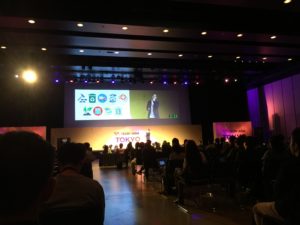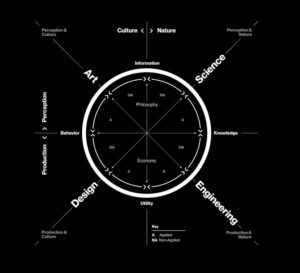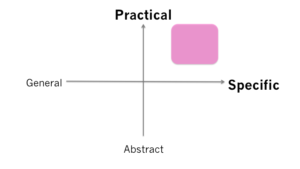Laissez-Faire leaders have a policy of non-interference and let the group run itself. Leaders empower others by creating a sense of ownership in the task (Dwyer, 2012). However there are lots of situations that the leader keeping neglect while the trouble is born and the trust relationship among the group collapses. Leaders said that it was easy to control but I selected the laissez-Faire leadership style and I trusted the members’ responsibility. I point out it is not real laissez-Fair leadership style and there are some issues that individual problem, communication problem and the problem that Laissez-Faire leadership style is incompatible with the group.
The individual problem is the leader mistaken the leadership and abdicate without empowering. An effective laissez-fair leader may coordinates and supports their activities. The members are expected to make decisions, while the leader coordinates and supports their activities (Dwyer, 2012). As a result, members are more involved and engaged. They are able to see the reasons for what happens at work and the way in which things happen. In contrast, ineffective laissez-fair leaders abdicate of responsibility on the part of the leader; leaders withdraw from followers and offer little guidance or support (Hackman & Johnson, 2009). As a result, the group suffers from productivity, cohesiveness, and satisfaction.
Communication between the leader and members in a laissez-faire group is sometimes unclear and limited. A more positive form of the laissez-faire leadership communication style affords followers a high degree of autonomy and self-rule while, at the same time, offering guidance and support when asked (Hackman & Johnson, 2009). Members are required to actively see the reasons and the way, at the same time, they actively seek advice from leaders when necessary. Leaders support for their self-management.
Laissez-faire leadership style can be effective when it represents guided freedom or when group members have high knowledge, motivation, and experience. However, it is not ideal in situations where group members lack the knowledge, motivation or experience they need to complete tasks and make decisions (Verywell.com Home Page, 2017). If the group members feel the leader abdicates his/her role, laissez-fair leadership style does not suit the situation. Lewin, Lippit, and White (1939) studied the impact of authoritarian, democratic, and laissez-fair leadership communication styles on group outcomes. Each of these styles of communication has unique features that affect how leaders interact with members. The authoritarian leader maintains strict control over members by directly regulating policy, procedures, and behaviour. Democratic leaders engage in supportive communication that facilitates interaction between leaders and members. Leaders should deliberately and creatively use a range of leadership style to suit the particular situation.
Whether the leader chooses any leadership style, leader should not neglect when members seek advice or support. Laissez-fair leadership style is attractive at the point of group’s self-management. Empowerment is the key factor in the way of group works. The five keys to empowerment are sharing information, creating autonomy, allowing team members to become more self-directed, ensuring teams have explicit objectives, and identifying and communicating the team’s accountabilities (Dwyer, 2012). Mintzberg (1999) presents the view that ‘Quiet managers don’t empower their people – “Empowerment” is taken for granted’. They trust members to take responsibility for ensuring serious changes take hold.
Mintzberg identifies the ‘quiet words’ of managing as:
- ‘Inspiring’, by creating the conditions that foster openness and release energy
- ‘caring’, by not slicing away problems, by preventing and fixing problems, and by knowing how and when to intervene
- ‘Infusing’, by changing things slowly, steadily and profoundly, rather than thrusting change upon followers dramatically and in superficial episodes
- ‘initiating’, by finding out what is going on in the organization, and connecting with those at the base and all levels, rather than parachuting directions down from the top levels.
Empowering groups strengthens the cohesiveness and respect each other. When group members are struggling, leaders should not ignore but grant and empower secretly so that the team can self-manage. Laissez-fair leadership can be utilized by empowerment and revitalized communication.
References
Dwyer, J. 2012. Communication for business and the profession: Strategies and Skills, 5th edition. Australia: Pearson. p220.
Hackman, M.Z & Johnson, C. E. 2009. Leadership (5th ed). USA: Waveland Press, Inc. p42.
Lewin, K., Lippitt, R., & White, R.K. (1939). Patterns of aggressive behaviour in experimentally created “social climates.” Journal of Social Psychology, 10, 271-299.
Mintzberg, H. 1999. “Managing quietly”, Leader to Leader. Vol. 12, Spring, pp.224-30.
Verywell home page Retrieved 23 Sep, from https://www.verywell.com/what-is-laissez-faire-leadership-2795316





